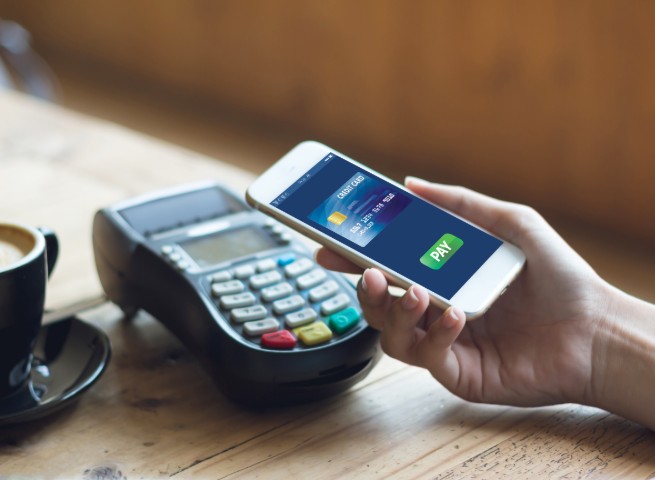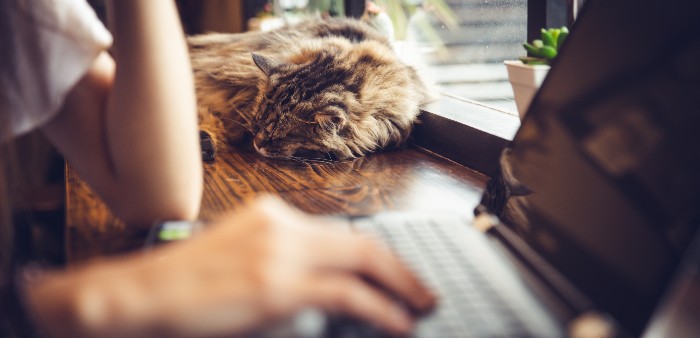Did you know that mobile wallets, if used properly, can be even safer than using physical cards to make transactions? Mobile wallets can also be very convenient, as they store all the financial information needed to make purchases right on your phone, and many merchants now accept various forms of mobile payments. Especially during the COVID-19 pandemic, both consumers and merchants are looking for ways to make contactless payments, making mobile payments a popular choice.
Despite mobile wallets being designed to be safe and even harder to compromise than physical cards, users can expose themselves to risk if they do not take proper precautions. Here’s an overview of what makes mobile wallets safe, as well as tips for using this tool as safely as possible.
What makes mobile wallet safe
Mobile wallet transactions are heavily encrypted, which means that when you make a transaction, your card and bank account information is not transmitted. Instead, a random sequence of numbers is generated with each transaction, which is not useful for fraudsters even if they gain access to it.
Mobile wallets are considered even safer than physical cards because this sensitive information is not encrypted during a physical card transaction. Additionally, some sensitive information like card numbers and Card Verification Value (CVV) numbers are found directly on physical cards, making them easily accessible to fraudsters.
Safety tips for using mobile wallet
While mobile wallet transactions are safe because information transferred is encrypted and useless to a fraudster, the information stored within the mobile wallet itself is sensitive. Therefore, keeping your phone safe and protected is the key to using mobile wallets safely. Here are a couple ways you can ensure your phone is secure.
Password protect your phone
Some phones offer password protection more sophisticated than a numerical passcode, such as a fingerprint or face ID. These forms of passcodes are safer and are recommended for anyone who uses mobile wallets or store other sensitive information on their phone.
In addition to setting a password, fingerprint or face ID, consider setting up multi-factor authentication, which requires additional identity verification before accessing the mobile wallet. This creates an additional layer of protection between a fraudster and sensitive information within your mobile wallet if they gain access to your phone.
Additional built-in security features within your phone, such as tools to find your lost phone and the ability to wipe all personal information remotely, are also important to have in case you lose your phone and need to prevent a thief from accessing your mobile wallet.
Utilize card controls and enable transaction notifications
Just like with transactions made with physical cards, you can enable notifications to alert you of every purchase made through your mobile wallet. If you notice an unfamiliar notification, you can use card controls to temporarily disable use.
Even with transaction notifications enabled, it’s a good practice to review your bank account statement once a month to ensure you recognize all transactions and there’s no suspicious activity.
Beware of phone malware
Fraudsters can use a variety of techniques to spread malware to your device and gain access to your mobile wallet. Protect yourself from these attempts by avoiding making transactions when you use public Wi-Fi, downloading apps only from trusted sources, and not clicking on suspicious links that come through a text, email or other message.
Like any technology, mobile wallets come with some risks. However, if you follow safety best practices to avoid compromise, mobile wallet is a safe and convenient way to make purchases anywhere, anytime, right from your phone.








 Equal Housing Lender. SBA Preferred Lender. NMLS #440379
Equal Housing Lender. SBA Preferred Lender. NMLS #440379